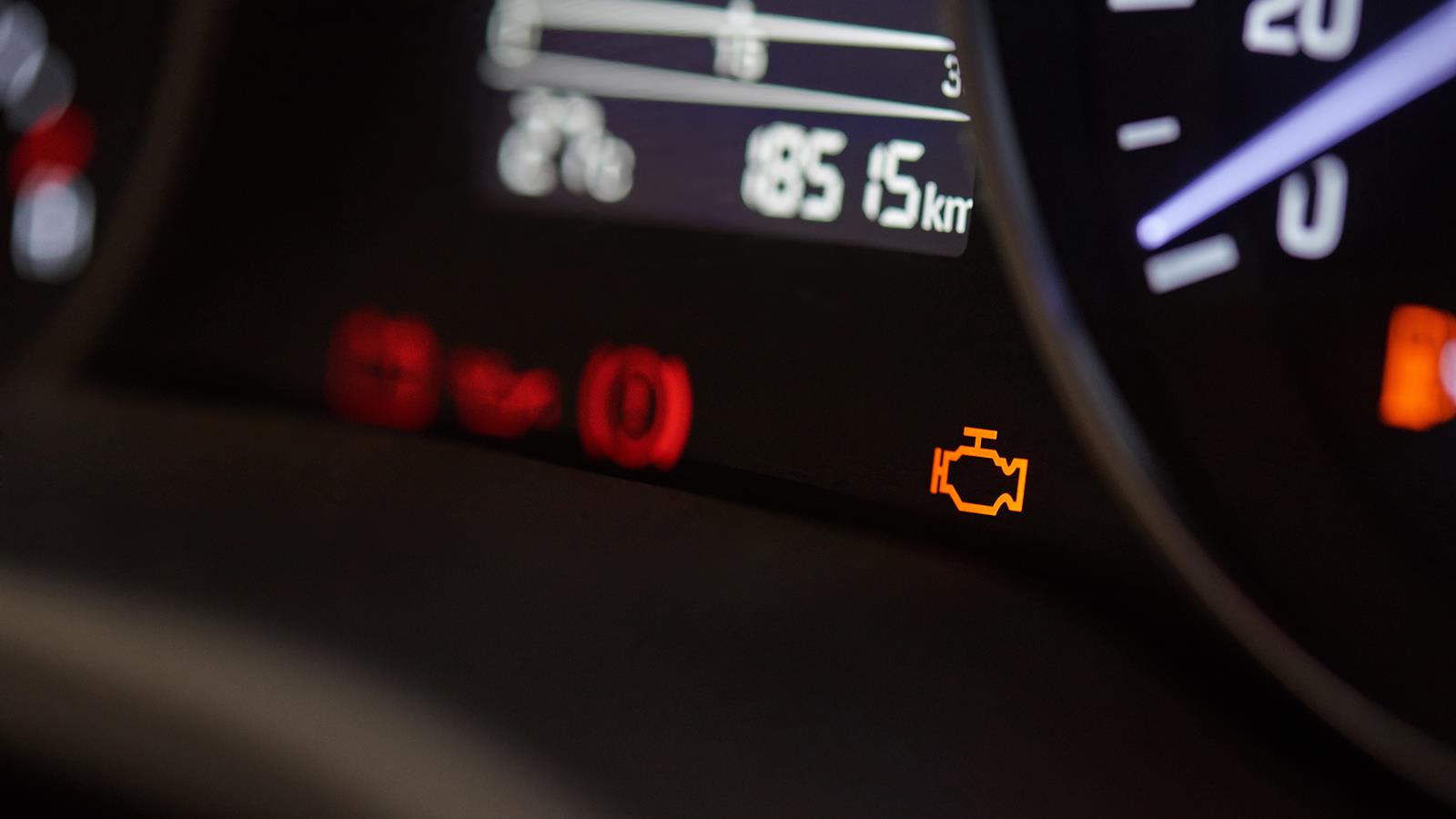What is DTC?
In the world of automotive diagnostics, DTC codes play a crucial role in identifying vehicle malfunctions. These codes help drivers and mechanics diagnose issues efficiently, improving vehicle maintenance and reducing repair costs. But what does DTC mean on a code reader? Let’s explore the concept of DTCs, their origin, and how they can be interpreted.
What is a DTC Code?
A DTC (Diagnostic Trouble Code) is a standardized code used in automotive diagnostics to indicate a malfunction in a vehicle's system. A code reader or scanner can be used to obtain these codes, which are kept in a car's onboard diagnostic system (OBD-II). Each DTC code is meant to provide information about possible electronic and physical issues so they can be cleared before they cause serious malfunctions, or the vehicle can get the service repairs in-time.
The presence of the “Check Engine Light” indicates that your car has one or more problems, which are indicated by the on-board diagnostic System (OBD-II). The "Malfunction Indicator Lamp" (or MIL) comes on to warn you when the OBD2 system detects an issue that could cause your vehicle's emissions to exceed 1.5 times the legal limit. The system records one or more diagnostic trouble codes (DTCs). They relate to a malfunction, and activates the engine check indicator to alert you to an issue if any component of the system is functioning abnormally within acceptable limits or has failed self-testing.
How to interpret OBD-II trouble codes
Understanding DTC codes requires knowledge of their structure. The SAE J2012 standard, which includes the related fault codes, is supported by the OBD-II system. Five characters make up each DTC code: a letter, four digits, and occasionally additional letters. The system is identified by the first letter:
- P (Powertran) Engine and transmission issues
- B (Body) Airbags, seatbelts, and other body-related systems
- C (Chassis) ABS, suspension, and steering
- U (Network Communication) CAN bus and module communication errors
The first digit indicates whether the code is generic (0) or manufacturer-specific (1). The second digit specifies the subsystem, while the last two digits provide the specific fault.

Generic and extended codes are the two categories into which DTCs are separated. Although generic DTC codes are rigorously standardized and always decode the same for all OBD-II cars, carmakers may also employ extended codes, which are manufacturer-specific DTC codes that differ from generic ones. It's crucial to keep in mind that codes vary depending on the brand, model, and design of the vehicle.
Where do DTCs come from?
When sensors pick up abnormal readings, the OBD-II system generates DTC codes. The Engine Control Unit (ECU) of the car records these readings and keeps them on file until they are cleared. Typical triggers consist of:
-
Faulty sensors
-
Engine misfires
-
Fuel system issues
-
Emission control problems
Most common DTC codes
Some DTC codes appear more frequently than others. Here are a few common examples:
-
P0300 – Random/multiple cylinder misfire detected
-
P0420 – Catalyst system efficiency below threshold
-
P0171 – System too lean (Bank 1)
-
P0455 – Large EVAP system leak detected
Recognizing these codes helps drivers and technicians diagnose and resolve issues quickly.
inCarDoc: Tools for scanning DTC codes
To read car codes, drivers need an OBD-II scanner or mobile app. inCarDoc is an advanced diagnostic application designed to help vehicle owners and professionals diagnose issues efficiently. With inCarDoc, users can:
-
Scan and interpret DTC codes
-
Monitor real-time vehicle parameters
-
Save diagnostic data for further analysis
-
Clear trouble codes after repairs
inCarDoc the best solution for drivers
inCarDoc is an essential tool for car owners, providing a cost-effective way to diagnose issues without visiting a mechanic. A smart automotive diagnostic trouble code reader - inCarDoc - makes vehicle diagnostics simple and accessible. Understanding DTC meaning and using the right tools for diagnostics can help maintain vehicle health, reduce unexpected repairs, and enhance driving safety. Try inCarDoc today and take control of your vehicle's performance.

